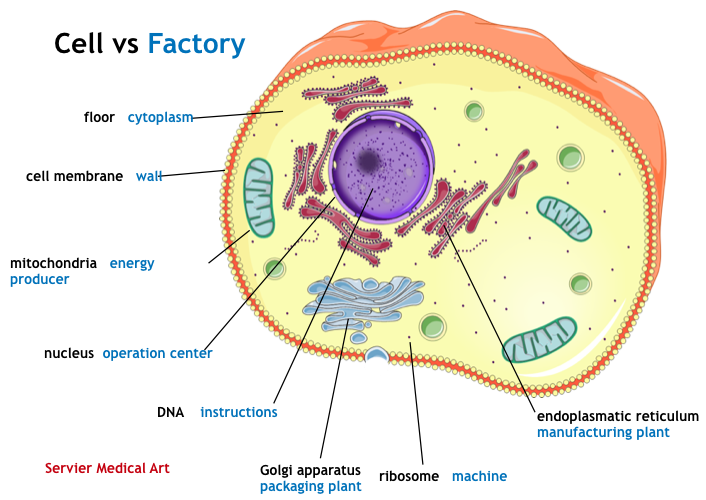
Figure 1: Schematic representation of an animal cell compared to the different parts of a factory. Image modified from freely available "Servier Medical Art"
Cells, units of life
All complex life-forms are made of cells. But, what is exactly a cell?
A cell is the smallest unit in all living beings and can be compared to a small factory that executes the necessary functions for the organism. In complex organisms all these cells work together, like the multiple parts of a factory. Blood cells transport oxygen to different organs, muscle cells contract to perform movement, immune cells protect our body from infections or neurons transmit information in our brain.
We can imagine a cell like a sac filled with fluid, although the shape of cells can vary depending on their location and function. The cell is filled with many compartments. One of the most important compartments is the core of the cell called nucleus, like a bubble containing the information about the cell’s identity stored into the DNA, similar to a library full of genetic material. The nucleus provides the instructions for making the rest of the cellular functions. The other compartments are involved in several functions including providing shape to the cell, processing waste material, communicating with other cells, etc